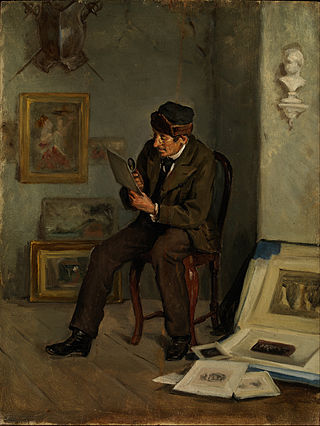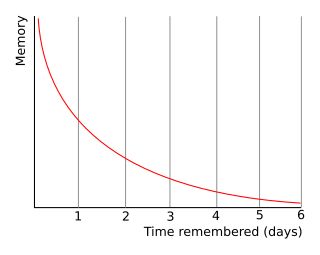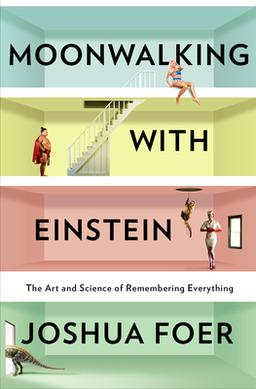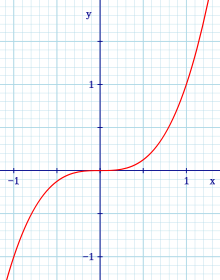
An expert is somebody who has a broad and deep understanding and competence in terms of knowledge, skill and experience through practice and education in a particular field. Informally, an expert is someone widely recognized as a reliable source of technique or skill whose faculty for judging or deciding rightly, justly, or wisely is accorded authority and status by peers or the public in a specific well-distinguished domain. An expert, more generally, is a person with extensive knowledge or ability based on research, experience, or occupation and in a particular area of study. Experts are called in for advice on their respective subject, but they do not always agree on the particulars of a field of study. An expert can be believed, by virtue of credentials, training, education, profession, publication or experience, to have special knowledge of a subject beyond that of the average person, sufficient that others may officially rely upon the individual's opinion on that topic. Historically, an expert was referred to as a sage. The individual was usually a profound thinker distinguished for wisdom and sound judgment.

Forgetting or disremembering is the apparent loss or modification of information already encoded and stored in an individual's short or long-term memory. It is a spontaneous or gradual process in which old memories are unable to be recalled from memory storage. Problems with remembering, learning and retaining new information are a few of the most common complaints of older adults. Studies show that retention improves with increased rehearsal. This improvement occurs because rehearsal helps to transfer information into long-term memory.

The forgetting curve hypothesizes the decline of memory retention in time. This curve shows how information is lost over time when there is no attempt to retain it. A related concept is the strength of memory that refers to the durability that memory traces in the brain. The stronger the memory, the longer period of time that a person is able to recall it. A typical graph of the forgetting curve purports to show that humans tend to halve their memory of newly learned knowledge in a matter of days or weeks unless they consciously review the learned material.

Hermann Ebbinghaus was a German psychologist who pioneered the experimental study of memory, and is known for his discovery of the forgetting curve and the spacing effect. He was also the first person to describe the learning curve. He was the father of the neo-Kantian philosopher Julius Ebbinghaus.

Cognition is the "mental action or process of acquiring knowledge and understanding through thought, experience, and the senses". It encompasses all aspects of intellectual functions and processes such as: perception, attention, thought, imagination, intelligence, the formation of knowledge, memory and working memory, judgment and evaluation, reasoning and computation, problem-solving and decision-making, comprehension and production of language. Cognitive processes use existing knowledge and discover new knowledge.
A learning curve is a graphical representation of the relationship between how proficient people are at a task and the amount of experience they have. Proficiency usually increases with increased experience, that is to say, the more someone, groups, companies or industries perform a task, the better their performance at the task.
The interference theory is a theory regarding human memory. Interference occurs in learning. The notion is that memories encoded in long-term memory (LTM) are forgotten and cannot be retrieved into short-term memory (STM) because either memory could interfere with the other. There is an immense number of encoded memories within the storage of LTM. The challenge for memory retrieval is recalling the specific memory and working in the temporary workspace provided in STM. Retaining information regarding the relevant time of encoding memories into LTM influences interference strength. There are two types of interference effects: proactive and retroactive interference.
The spacing effect demonstrates that learning is more effective when study sessions are spaced out. This effect shows that more information is encoded into long-term memory by spaced study sessions, also known as spaced repetition or spaced presentation, than by massed presentation ("cramming").

Plyometrics, also known as jump training or plyos, are exercises in which muscles exert maximum force in short intervals of time, with the goal of increasing power (speed-strength). This training focuses on learning to move from a muscle extension to a contraction in a rapid or "explosive" manner, such as in specialized repeated jumping. Plyometrics are primarily used by athletes, especially martial artists, sprinters and high jumpers, to improve performance, and are used in the fitness field to a much lesser degree.

The power law of practice states that the logarithm of the reaction time for a particular task decreases linearly with the logarithm of the number of practice trials taken. It is an example of the learning curve effect on performance. It was first proposed as a psychological law by Snoddy (1928), used by Crossman (1959) in his study of a cigar roller in Cuba, and played an important part in the development of Cognitive Engineering by Card, Moran, & Newell (1983). Mechanisms that would explain the power law were popularized by Fitts and Posner (1967), Newell and Rosenbloom (1981), and Anderson (1982).
The title mnemonist refers to an individual with the ability to remember and recall unusually long lists of data, such as unfamiliar names, lists of numbers, entries in books, etc. Some mnemonists also memorize texts such as long poems, speeches, or even entire books of fiction or non-fiction. The term is derived from the term mnemonic, which refers to a strategy to support remembering, but not all mnemonists report using mnemonics. Mnemonists may have superior innate ability to recall or remember, in addition to relying on techniques.
Practice is the act of rehearsing a behaviour repeatedly, to help learn and eventually master a skill. The word derives from the Greek "πρακτική" (praktike), feminine of "πρακτικός" (praktikos), "fit for or concerned with action, practical", and that from the verb "πράσσω" (prasso), "to achieve, bring about, effect, accomplish".
K. Anders Ericsson was a Swedish psychologist and Conradi Eminent Scholar and Professor of Psychology at Florida State University who was internationally recognized as a researcher in the psychological nature of expertise and human performance.
Psychomotor learning is the relationship between cognitive functions and physical movement. Psychomotor learning is demonstrated by physical skills such as movement, coordination, manipulation, dexterity, grace, strength, speed—actions which demonstrate the fine or gross motor skills, such as use of precision instruments or tools, and walking. Sports and dance are the richest realms of gross psychomotor skills.
Procedural memory is a type of implicit memory which aids the performance of particular types of tasks without conscious awareness of these previous experiences.

Memory improvement is the act of enhancing one's memory. Memory deficits, age-related memory loss, and people's want to improve their own memory have led to research on how to best help people to improve their memory. Research has also worked to determine what factors influence memory and cognition. Many different techniques to improve memory have been found, including cognitive training, psychopharmacology, diet, stress management, and exercise. Each technique has the ability to influence memory in different ways. Neuroimaging has also provided neurobiological evidence supporting holistic ways in which one can improve memory.

Moonwalking with Einstein: The Art and Science of Remembering Everything is a nonfiction book by Joshua Foer, first published in 2011. Moonwalking with Einstein debuted at no. 3 on the New York Times bestseller list and stayed on the list for 8 weeks.
Distributed practice is a learning strategy, where practice is broken up into a number of short sessions over a longer period of time. Humans and other animals learn items in a list more effectively when they are studied in several sessions spread out over a long period of time, rather than studied repeatedly in a short period of time, a phenomenon called the spacing effect. The opposite, massed practice, consists of fewer, longer training sessions and is generally a less effective method of learning. For example, when studying for an exam, dispersing your studying more frequently over a larger period of time will result in more effective learning than intense study the night before.
External memory is memory that uses cues from the environment to aid remembrance of ideas and sensations. When a person uses something beside one's own internal memory tricks, traits, or talents to help them remember certain events, facts, or even things to do, they are using an external memory aid. External memory aids are used every day. A large part of these aids come from technology; people use their smartphones to remind them when they have meetings and Facebook reminds people of their friends' birthdays. These aids also include taking notes in class, carrying a grocery list to the supermarket, or jotting down dates on a planner. Even people, or prompters, can be used as external memory aids.

Peak: Secrets from the New Science of Expertise is a 2016 science book by psychologist K. Anders Ericsson and science writer Robert Pool. The book summarizes the findings of Ericsson's 30-year research into the general nature and acquisition of expertise.










